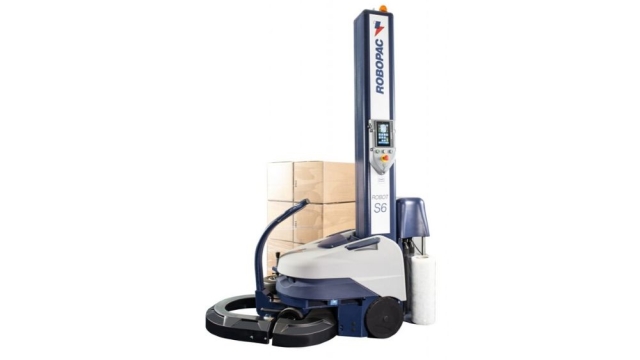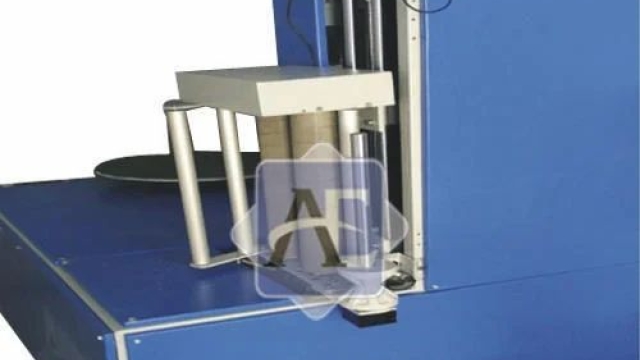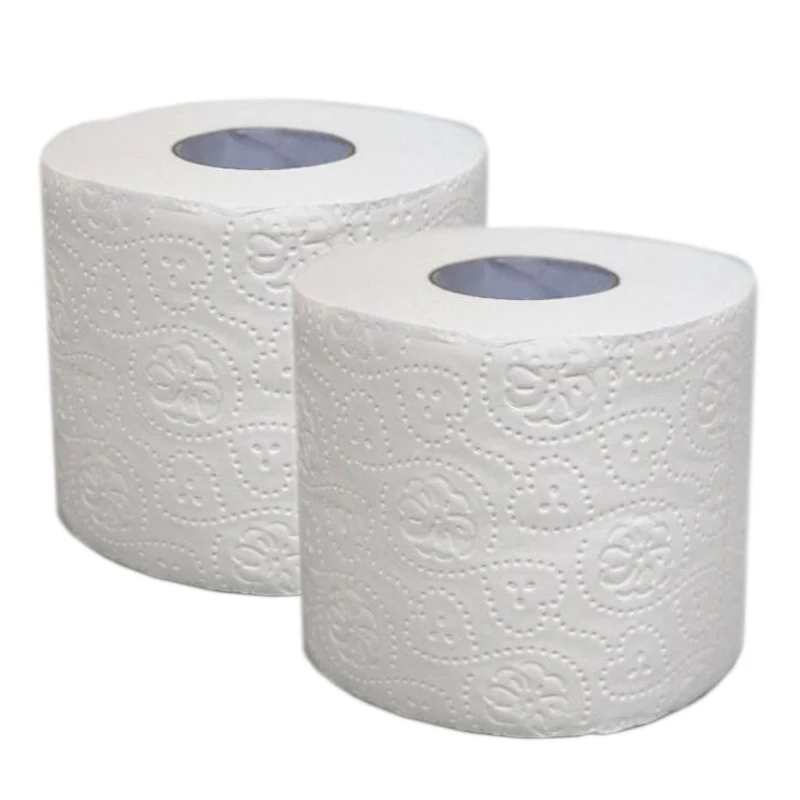In the beautiful country of Spain, there exists a unique identification system known as the NIE Number. This highly sought-after document plays a crucial role for both residents and non-residents alike, as it serves as a key to accessing numerous services and benefits within the Spanish system. Whether you are planning to study, work, or simply enjoy a long-term stay in Spain, understanding and obtaining your NIE Number is an essential step towards embracing all that this vibrant country has to offer.
So, what exactly is the NIE Number in Spain? Well, put simply, it is an identification number assigned to foreigners by Spanish authorities. This number, which stands for Número de Identificación de Extranjero, is unique to each individual and acts as their official identification throughout their stay in Spain. It is the equivalent of the Spanish national identity card, the DNI, for Spanish citizens. Whether you plan to open a bank account, sign a rental agreement, or even purchase a property, having a NIE Number is a prerequisite in order to navigate through these transactions smoothly.

What is a NIE Number?
A NIE Number (Número de Identificación de Extranjero) is an identification number issued to non-Spanish individuals who need to carry out legal and administrative procedures in Spain. It is a unique identifier that allows foreigners to interact with government agencies, open bank accounts, or even buy property in Spain.
The NIE Number serves as a personal identification number for foreigners, similar to the social security number in other countries. It is a crucial document that helps the Spanish authorities keep track of individuals and their activities. Whether you plan to stay in Spain temporarily or make it your new home, obtaining a NIE Number is essential.
To obtain a NIE Number, you will need to complete the necessary application forms and submit them to the Spanish National Police or a Spanish consulate office in your home country. The process may involve providing specific documentation, such as a valid passport, proof of residence, and the purpose of your stay in Spain.
Once you have been assigned a NIE Number, it is important to keep it safe as you will be required to provide it for various transactions throughout your time in Spain. Whether you are engaging in employment, property transactions, or starting a business, having a NIE Number will simplify the administrative process and ensure you can navigate the Spanish system with ease.
Remember, the NIE Number is a fundamental requirement for foreigners in Spain, enabling them to legally carry out important activities and interact with various institutions.
Why do you need a NIE Number?
If you plan on living or conducting any official business in Spain, obtaining a NIE Number is an essential requirement. The NIE Number, also known as the Número de Identificación de Extranjero, serves as a unique identification number for foreigners in Spain. Without it, navigating through various administrative processes and transactions can become quite challenging.
One of the primary reasons you need a NIE Number is to legally work in Spain. Whether you are an employee or self-employed, this identification number is necessary to comply with the country’s regulations and to ensure that your work is recognized by the Spanish authorities. It is crucial for employers and agencies to have your NIE Number on record when hiring or contracting you for any work-related engagements.
In addition to employment purposes, having a NIE Number is a prerequisite for many other activities. If you plan on buying or selling property in Spain, opening a bank account, or even obtaining a driver’s license, you will most likely be required to provide your NIE Number. It acts as proof of your identification and allows the authorities to process your requests smoothly and efficiently.
Furthermore, a NIE Number enables you to access social services and benefits offered by the Spanish government. From healthcare services and education to social security and taxation, having this identification number ensures that you can avail yourself of the rights and privileges available to residents and taxpayers in Spain.
Overall, obtaining a NIE Number is crucial for anyone looking to live, work, or conduct official business in Spain. It is the key to unlocking a multitude of administrative processes and transactions, making your life in Spain much simpler and more streamlined.
How to obtain a NIE Number
To obtain a NIE Number in Spain, there are a few steps you need to follow. First, you must make an appointment at the nearest National Police Station or Foreigner’s Office. It is important to note that some regions require you to schedule an appointment online, while others may allow walk-ins.
Once you have your appointment, you will need to gather the necessary documents. These typically include a completed application form, a valid passport or ID, and proof of the reason for obtaining the NIE Number, such as a job offer, property purchase, or enrollment in a Spanish educational institution.
On the day of your appointment, make sure to arrive early and bring all the required documents. You may also need to pay a fee, so it’s a good idea to have some cash on hand. At the appointment, you will submit your application and any supporting documents.
After submitting your application, you will be given a stamped copy as proof of your NIE Number application. The processing time can vary, but once your application is approved, you will receive your NIE Number. It is important to keep this number safe, as you will need it for various administrative and legal procedures in Spain.
Obtaining a NIE Number may seem daunting at first, but by following these steps and being prepared, the process can be simplified and straightforward.












